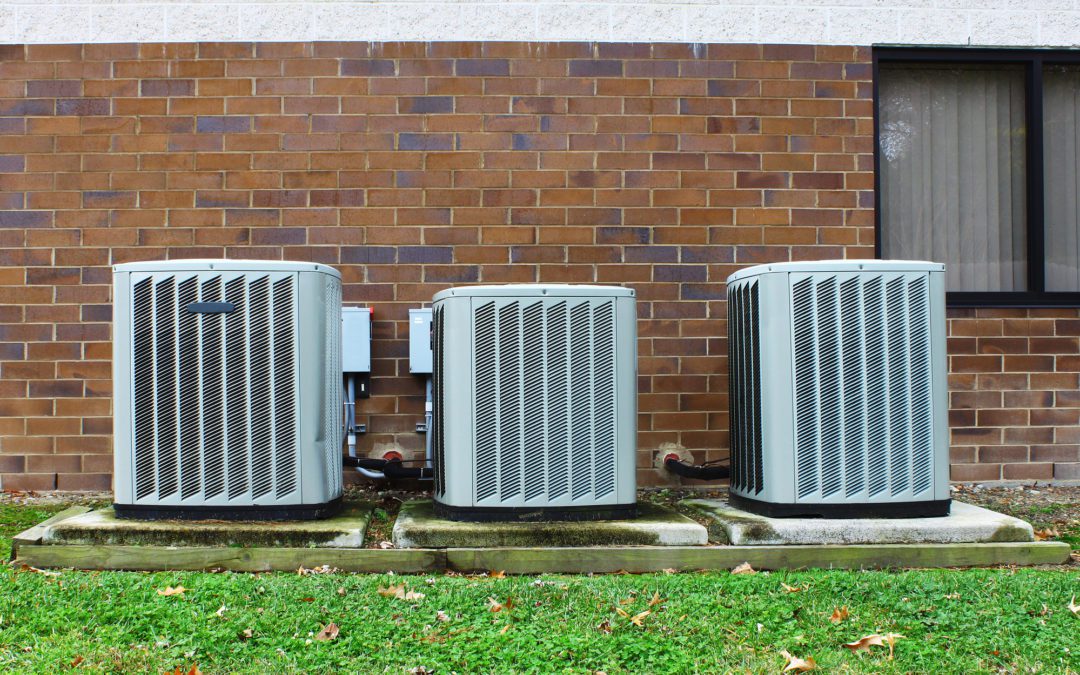Is Testing Pond Water Quality Essential Even with A Filtration System?

Managing productive aquatic environments through pond water quality assessment demands proper water quality monitoring. Pond owners who want clear water through filtration systems must perform regular tests to guarantee ecosystem health. Here is why testing pond water remains crucial even with a solid filtration system.
Reliable brands provide pond owners full-scale equipment options that boost pond water quality while making filtration processes more efficient. For example, the Kent-based authorized distributor That Pond Guy Store provides complete pond care solutions and expert services for maintaining your water feature.
While Oase pond equipment is known for its efficiency, the store also emphasizes the importance of testing your water regularly to achieve the best results, ensuring that your pond remains in optimal condition.
The Importance of Pond Water Quality
The quality of pond water directly impacts health conditions for fish, plants, and every type of aquatic organism. Poor water quality leads to three major detrimental effects, including algae bloom outbreaks, fish infections, and ecological system damage.
Pond water conditions primarily depend on pH analysis and ammonia tests, and they also include measurements of nitrites and nitrates and oxygen evaluation. Water filtration devices effectively remove pond waste, yet they fail to manage complete chemical imbalances within the water system.
Water quality assessment remains important throughout filtration system operation since the systems only remove physical waste and skip dissolved substances. Physical waste and particles are eliminated through filtration, yet discrete substances like ammonia and nitrites remain in filtered water. High concentrations of dissolved substances create risks to fish and plants. Testing your pond water lets you spot hidden issues before they escalate into problems.

Regular Water Testing: A Necessary Practice
No matter how advanced a filtration system may be pond water conditions will change because of environmental factors such as fish movements, temperature shifts, and organic waste accumulation. When testing for water conditions is not done regularly, these unseen variations in water quality lead to substandard water conditions, which stress the pond’s inhabitants.
Regular pond water testing requires affordable test kits or digital meters to perform simple analyses. Testing equipment detect pH, ammonia, nitrite, nitrate levels, and oxygen availability. Regular monitoring of these core values allows you to detect emerging problems promptly, which prevents serious complications from developing.
If your ammonia levels start increasing, you should alter your feeding schedule, implement more aeration, and expand your biological filtration system. Performing a partial water change becomes an effective solution to control excessive nitrate levels.
How to Test Your Pond Water
Measuring pond water requires either specialized testing kits or digital meters, which make the process easy to follow. Test kits require you to pour pond water samples into reagents and match their reaction color against the provided charts. Digital meters deliver exact measurements, which professional pond owners frequently choose for their analysis needs.
Pond water testing requires regular monthly checks, but you should perform tests more often when warm weather or fish movement is active. Your regular inspection of pond water needs to measure pH, ammonia, nitrite, and nitrate because these substances alter quickly and determine pond health conditions.
Conclusion
The use of filtration systems is crucial for pond maintenance but provides only partial pond care solutions. Regularly testing your pond’s water quality guarantees that all water measures support the health of fish and plants.



